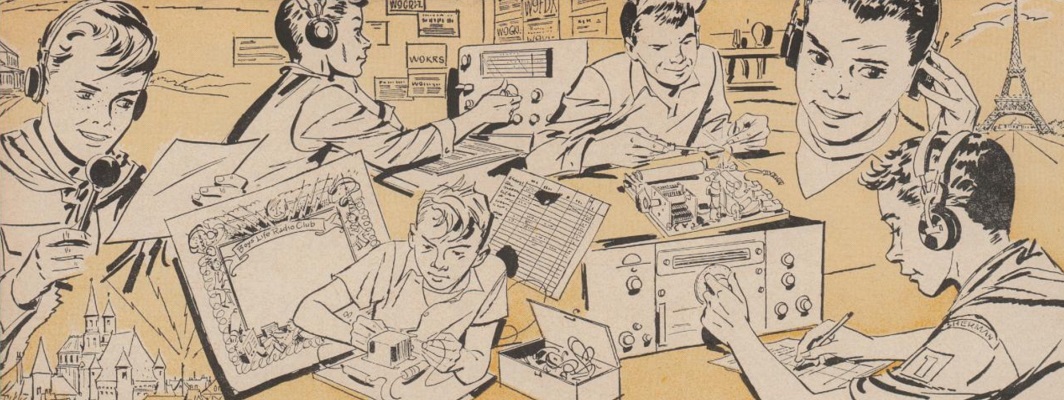 wn6bdb
wn6bdb
Reply-To : SolidCpyCW@xx
Sent : Wednesday, December 7, 2005 2:59 PM
To : SolidCpyCW@xx
Subject : [SolidCpyCW] Re: Paddle and keyer recomendation
There have been a lot of recommendations for keyer paddles but not much discussion about the characteristics of different paddles.
The first characteristic to consider when selecting a keyer paddle is Iambic (sometimes called a squeeze key) vs non-Iambic. An Iambic keyer paddle is designed to allow both dot and dash contacts to be closed at the same time. When used with an Iambic keyer closing both contacts together sends an alternating sequence of dots and dashs. This can be useful in sending characters that have alternating patterns such as the letter “C”.
(It’s my personal opinion that most cw ops don’t really use the Iambic feature much.)
Next come the design characteristics that determine the feel of the paddle. They include:
Weight.
Paddle size, spacing, and height above the table.
Single vs dual lever design.
Pivot point.
Contact placement.
Spring placement and type (some use magnets, leaf springs, etc.)
All these things (and some others I’ve probably missed) will have an effect on the tactile feedback you get from the paddle. Some have a very solid click feeling when closed, others are softer. Often the design will result in different angles of travel for the paddle as it is closed resulting in a distinctively different feel, quite apart from the feeling of the contact closure.
Then you need to consider “access to”, ease and range of adjustment. You will have to change the adjustments as your proficiency improves.
My personal preference is a heavy key with very positive tactile “click” when a contact is closed. I also prefer somewhat wider paddle spacing about 1/4 inch or so. I find that there are several keys that meet my requirements and they all have things in common. They all have fairly long levers, pivot in the middle of the lever, have the contacts on the opposite side of the lever from the paddle, and use ordinary coil springs with simple knurled knob adjusters.
I think the first step would be the try and determine what characteristics you prefer then look for a keyer paddle that has those characteristics.
Steve AI7W

 Mission Status Update (all information is approximate/interpolated):
Mission Status Update (all information is approximate/interpolated):

 Had two QSOs during lunch – the first with 6W8CK – a station in Senagal – my first African continent contact!
Had two QSOs during lunch – the first with 6W8CK – a station in Senagal – my first African continent contact!



 International Space Station Commander, Astronaut Bill McArthur, KC5ACR, has been very active on the NA1SS amateur radio station aboard the ISS over the past several days.
International Space Station Commander, Astronaut Bill McArthur, KC5ACR, has been very active on the NA1SS amateur radio station aboard the ISS over the past several days. December 04,2005
December 04,2005








